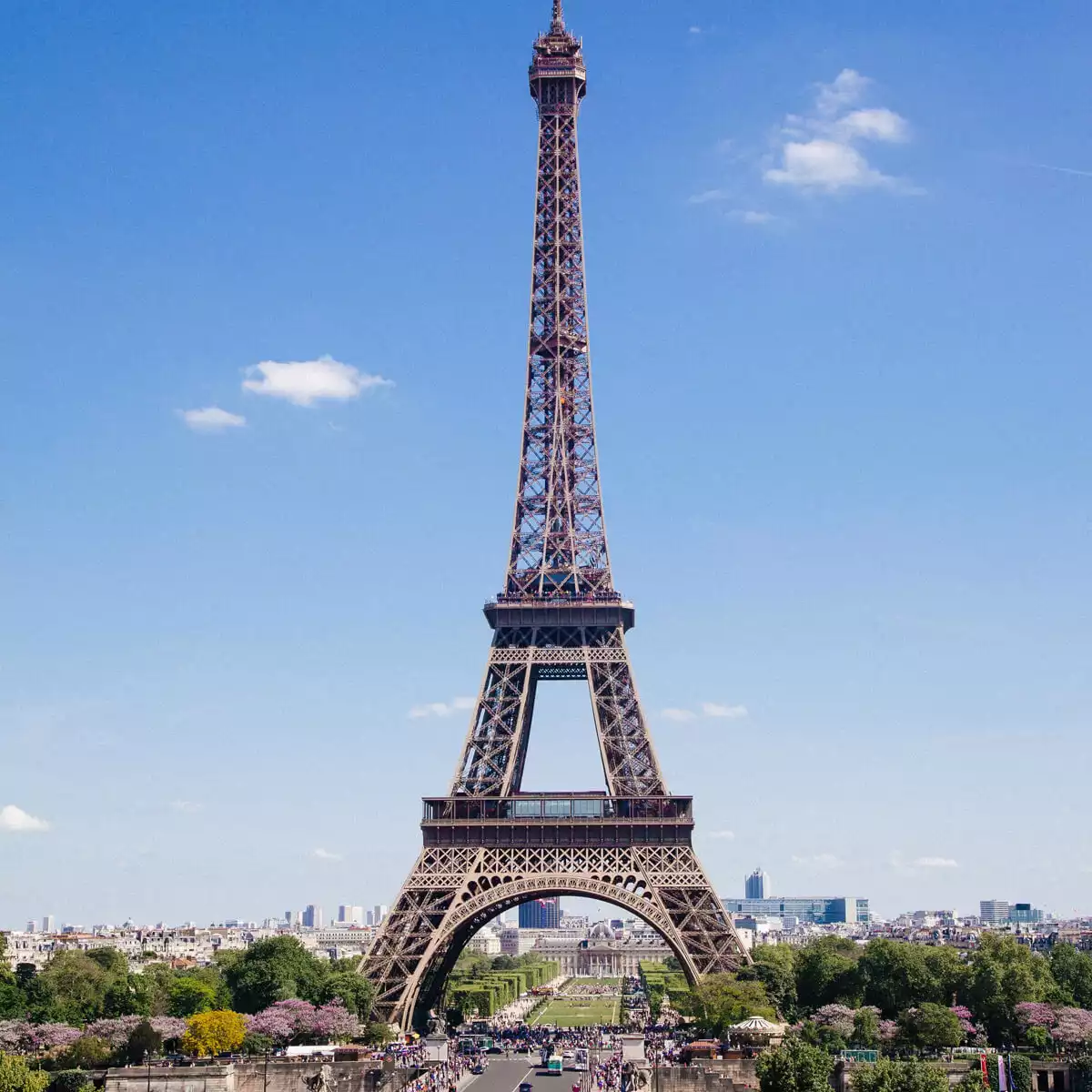States and Cities in India: A Recap of 2020
The year 2020 was a challenging and eventful one for states and cities across India. It witnessed significant developments, ranging from political events to the ongoing battle against the COVID-19 pandemic. Let's take a closer look at some of the key highlights from various regions of the country during this year. State Elections: One of the political highlights of 2020 was the series of legislative assembly elections held in several states. The Delhi Assembly elections, held in February, were among the first to grab national attention. The Aam Aadmi Party (AAP) secured a resounding victory, ensuring Arvind Kejriwal's second term as Delhi's Chief Minister. Bihar also held a closely-watched election later in the year. The election saw a fierce contest between the National Democratic Alliance (NDA) and the Mahagathbandhan alliance, ultimately resulting in a victory for the NDA, with Nitish Kumar returning as Chief Minister. COVID-19 Pandemic Response: 2020 will be remembered for the relentless battle against the COVID-19 pandemic. Cities and states across India faced numerous challenges in responding to the crisis. Mumbai, India's financial capital, emerged as a hotspot early in the pandemic. Overwhelmed hospitals and the plight of migrant workers walking back to their home states were poignant scenes. Delhi also faced severe challenges during the peak of the pandemic, with concerns about healthcare infrastructure and the availability of medical supplies. However, state governments, along with the central government, worked tirelessly to manage the situation, imposing lockdowns and deploying resources to curb the spread of the virus. Economic Impact: The economic impact of the pandemic was felt acutely in India's major cities. Cities like Mumbai, Bangalore, and Hyderabad, known for their thriving IT and technology sectors, experienced disruptions. Businesses struggled, and job losses were a grim reality. However, the pandemic also accelerated the shift towards remote work and digital adoption, which had implications for the IT industry. Infrastructure Development: Despite the challenges posed by the pandemic, infrastructure development projects continued in various cities. The Mumbai Metro and Bangalore Metro projects made significant progress, aiming to alleviate traffic congestion and improve public transportation. The government's Smart Cities Mission also continued to drive urban modernization efforts across the country. Environmental Challenges: Delhi, in particular, grappled with environmental challenges, especially air pollution. The city faced hazardous air quality levels during the winter months, leading to discussions about tackling pollution and improving air quality. State and Central Government Relations: Throughout 2020, states and the central government collaborated on various initiatives. The Swachh Bharat Abhiyan (Clean India Mission) continued to promote cleanliness and sanitation in both urban and rural areas. The Pradhan Mantri Awas Yojana aimed to provide housing for all, with a focus on affordable housing and urban development. Conclusion: The year 2020 was marked by political developments, the fight against the COVID-19 pandemic, economic challenges, infrastructure development, environmental concerns, and collaborative efforts between state and central governments. While the pandemic posed significant hurdles, it also brought to the forefront the resilience and adaptability of India's states and cities as they worked to overcome these challenges and move forward into 2021 with hope and determination.





